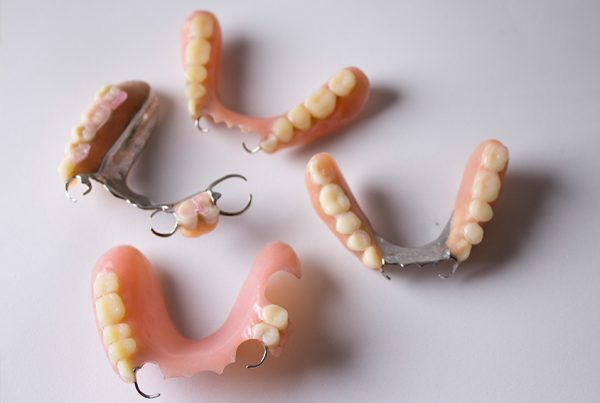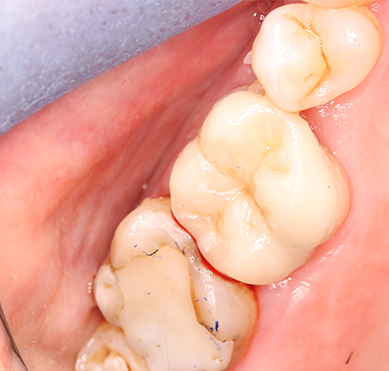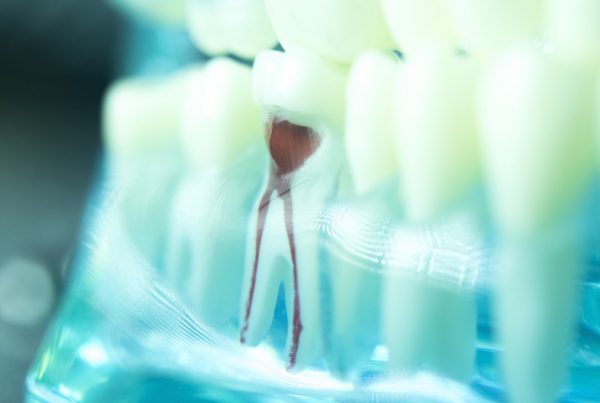A crown acts like a sleeve or cap over the top of the tooth to cover and protect the tooth.
Placement of a crown is often required when a lot of original tooth has been lost and you want to protect what you have left. This may be because the tooth has broken, worn or has a huge failing filling. They are often necessary after root canal treatment to support the tooth that remains.
Crowns are custom made in a dental laboratory. Your dentist will need to prepare the tooth and then take an impression. The impression of the tooth can then be sent to a laboratory where they make a crown to fit it. This can sometimes take a couple of weeks or so.
While you are waiting, you will normally have a temporary crown over the tooth. When the final crown is ready, it is glued in place and you are good to go. Something I always warn my patients of is that it may feel slightly weird or different in your bite for a few days because it’s new to you. During this time, you just need to feel your way with it. Chew carefully because you may find your teeth meet slightly before you expect them to. Given a few days, it will feel back to normal and then you can chomp away merrily.
Crowns can be done in either metal or porcelain. Metals like gold are very useful for making crowns and they last really well. The downside is that they are shiny and metallic and don’t really look like teeth.
There is a tooth coloured option. Something like a porcelain crown will not only be really nice and strong; it’s going to look much more like a natural tooth. Porcelain crowns will need a little bit more tooth to be taken away to make space for it than the metal option but they will be very strong and hardy.
Benefits and Risks
The benefit of having something like a crown is that it keeps the tooth strong and useful for chewing.
The risk of a crown is similar to when a tooth has a large, deep filling. If a tooth already has a large filling and has broken, there is a chance that the tooth could die in future and need some further treatment. These further treatments could be extraction or root canal.
The consequence of not treating a broken tooth is that it could break again in future. If too much of a tooth is lost then the tooth may need removing. If you can treat it and there is enough tooth to work with, a crown can save the tooth and keep it going.
The other consequence of not treating a broken tooth is that the broken area will normally be very tricky to clean. This area will trap bugs and food. This bugs-food combo will eventually start to cause decay and damage your tooth even further.
Book a consultation todayBook Now
Recent Articles
 A denture is a false tooth or teeth on a plate. They are not fixed in place and can be taken in and out. They are generally the easiest way...
A denture is a false tooth or teeth on a plate. They are not fixed in place and can be taken in and out. They are generally the easiest way...
 Gum disease is when bacteria have got underneath your gums and are damaging the supporting tissues of your teeth. If you get rid of the bacteria, you’ll stop the damage....
Gum disease is when bacteria have got underneath your gums and are damaging the supporting tissues of your teeth. If you get rid of the bacteria, you’ll stop the damage....






